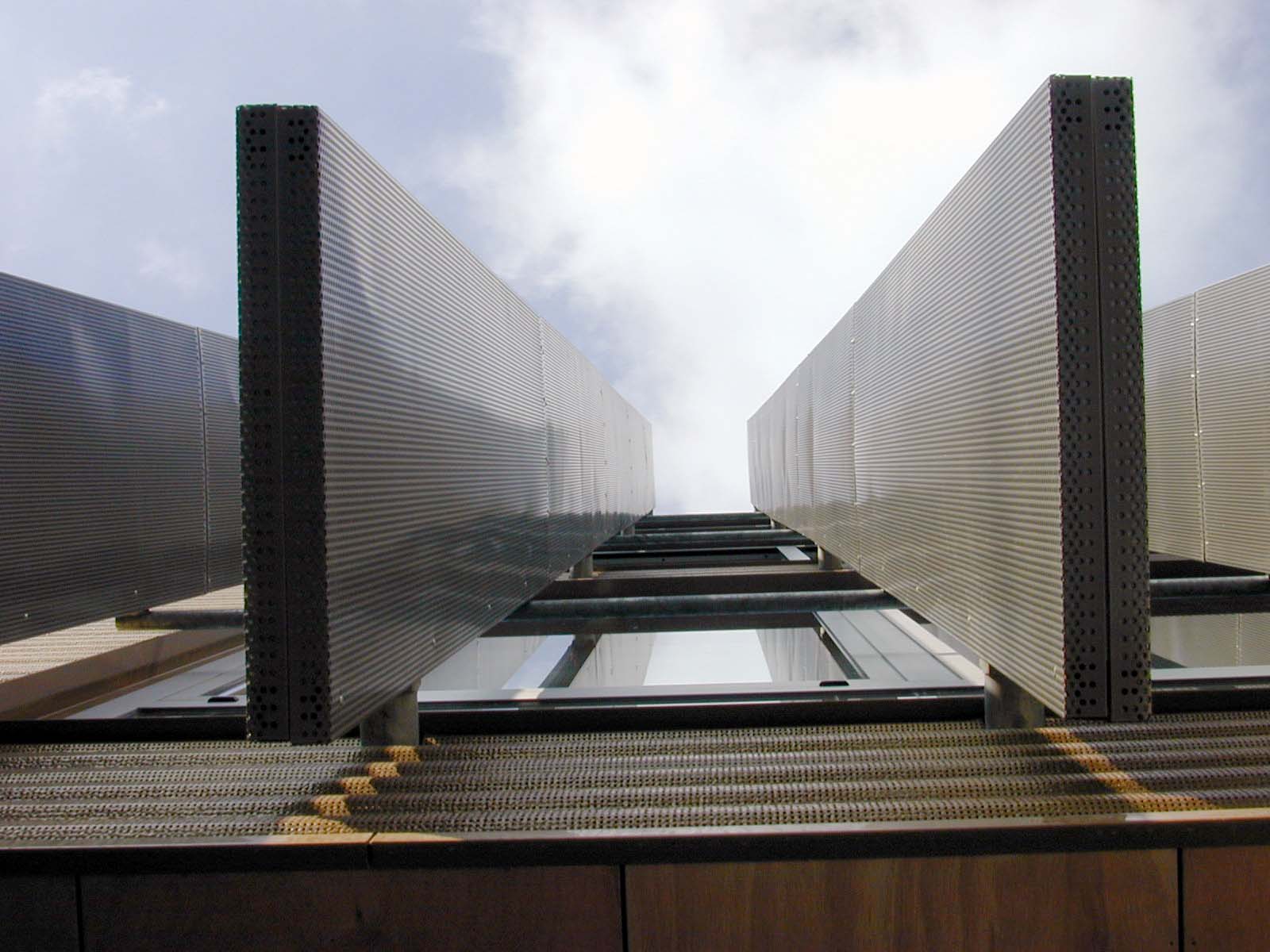In recent years, small spacing has become a hot spot in the development of domestic LED display industry. With the advantages of seamless splicing, high contrast, wide color gamut display, and energy saving, small spacing is crowding out traditional indoor splicing such as LCD liquid crystal and DLP rear projection. The market share of large screens.
Small-pitch leading requires the active cooperation of “behind the scenes” supporting manufacturers, and it also brings a series of challenges. Among them, for the driver IC, the challenges are manifested in three aspects:
 1) For an excellent small-pitch product, low-brightness and high-gray are the most basic requirements, but while achieving low-brightness and high-gray, it brings some other problems. This is what everyone was discussing in the early days of the small-pitch birth. “Seven major problems” – ghosting, dark lines in the first row, low gray color cast, low gray unevenness, gradient dark lines, high contrast interference, and elimination of cross phenomenon caused by LED open circuit.
1) For an excellent small-pitch product, low-brightness and high-gray are the most basic requirements, but while achieving low-brightness and high-gray, it brings some other problems. This is what everyone was discussing in the early days of the small-pitch birth. “Seven major problems” – ghosting, dark lines in the first row, low gray color cast, low gray unevenness, gradient dark lines, high contrast interference, and elimination of cross phenomenon caused by LED open circuit.
2) Due to the doubled density of small-pitch Media Façade LED Mesh lamp beads, the current conventional 24Pin driver IC and many peripheral components are not highly integrated, which makes the density of the components on the module too high, and even cannot be placed, which is very easy to cause Problems such as poor welding also reduce the reliability of the module.
3) The number of lamp beads per unit area has doubled, and the power consumption of small-pitch LED displays has increased significantly. How to achieve energy saving on the driver IC?
Through the unremitting efforts of driver IC manufacturers and other “behind the scenes” supporting manufacturers, today’s driver ICs have successfully realized “low brightness, high gray, real high refresh rate (high shooting refresh rate)”, and perfectly solved the problems caused by low brightness and high gray The “seven major problems” brought about can effectively meet the needs of small-pitch display.
In order to reduce the complexity of PCB circuit board design on the application side, at present, mainstream driver IC suppliers in the industry have successively launched highly integrated 48-channel LED constant current driver ICs, integrating large-scale peripheral circuits into the wafer of driver ICs. , can reduce the complexity of PCB circuit board design on the application side, and also avoid problems caused by the design capabilities or design differences of engineers from various manufacturers.
As a green energy source, energy saving is the eternal pursuit of LED displays, and it is also an important criterion for considering the performance of driver ICs. The energy saving of the driver IC mainly includes two aspects. One is to effectively reduce the constant current inflection point voltage, and then reduce the traditional 5V power supply to operate below 3.8V; the other is to reduce the operating voltage and operating current of the driver IC by optimizing the IC algorithm and design.
As an integral part of the LED display, generally speaking, the driver IC directly serves the development of the LED display, but sometimes it can also play a role in leading the development of the LED display. For driver IC manufacturers, strengthening technological innovation and breakthrough is still a compulsory course in the future, so as to maintain the leading and surpassing technology in the process of further development of high-definition, high-quality, integrated and energy-saving LED displays.
